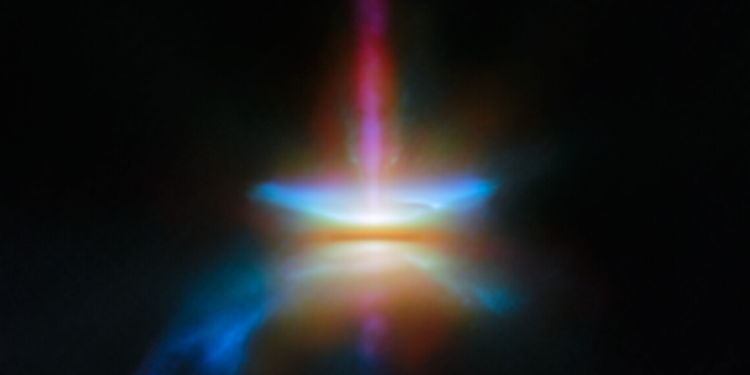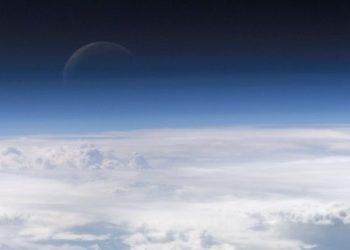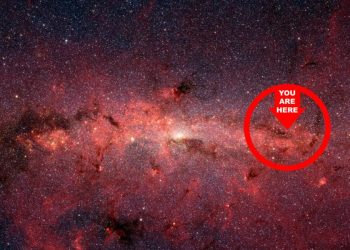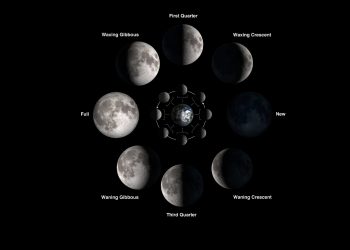The James Webb Space Telescope (JWST) has captured a breathtaking new image of a protoplanetary disk where planets are taking shape amid a cluster of newborn stars. Located approximately 450 million light-years away, this distant celestial nursery—known as HH 30—is embedded within the dark molecular cloud LDN 1551 in the Taurus constellation.
This striking discovery provides astronomers with an unparalleled look at how dust and gas come together to build planets, shedding new light on the earliest stages of planetary evolution. The image, which also incorporates data from the Hubble Space Telescope and the Atacama Large Millimeter/submillimeter Array (ALMA), reveals intricate details of a process that has long fascinated scientists.
What Makes HH 30 So Unique?
HH 30 is classified as a Herbig-Haro object, a rare type of celestial structure where jets of gas from a newborn star—known as stellar winds—collide with surrounding material, creating brilliant shockwaves. These regions glow due to the intense interaction between gas and dust, offering astronomers a unique opportunity to study the mechanics of star and planet formation.
What sets HH 30 apart is its edge-on-disk orientation, which makes it an ideal model for understanding how planetary systems form. The ability to observe it from this perspective allows scientists to track how dust grains accumulate, settle, and eventually grow into planets.
Unraveling the Secrets of Planet Formation
Using JWST’s infrared imaging capabilities, researchers have been able to map out the dust distribution within HH 30 in unprecedented detail. The data reveals a clear pattern:
- Larger dust grains (a few millimeters across) concentrate toward the center of the disk.
- Smaller dust grains (around one-millionth of a meter in size, comparable to a bacterium) are more widely dispersed.
This structured distribution suggests that dust must migrate and settle into a dense layer before planets can form. ALMA’s radio-wavelength observations confirm this theory by showing that large dust grains move inward before clumping together to form pebbles—key building blocks of planets.
A Cosmic Ballet of Dust and Jets
Beyond the formation of dust structures, HH 30 also showcases a complex and dynamic environment. The new image reveals multiple distinct features working together:
- A high-speed jet of gas emerging from the central disk.
- A wider, cone-shaped outflow surrounding the jet, possibly shaping the region’s evolution.
- A vast nebula reflecting light from the young star, adding to the disk’s dramatic appearance.
These discoveries reinforce the idea that planetary formation is an intricate dance involving both microscopic dust particles and colossal cosmic forces.
The Future of Planetary Research
The observations of HH 30 were conducted as part of the Webb GO Program #2562, an initiative designed to examine how dust evolves in protoplanetary disks. The findings offer a crucial missing link in understanding how planets transition from tiny dust grains to fully formed worlds.
By combining JWST’s infrared imaging with ALMA’s radio data, scientists are not only witnessing planet formation in action, but also gathering critical insights into how our own solar system may have emerged billions of years ago.
As astronomers continue analyzing HH 30, the data could provide key indicators for detecting newborn exoplanets in other protoplanetary disks. The patterns observed in HH 30 might serve as a cosmic blueprint for identifying other planetary nurseries across the universe.
With JWST pushing the boundaries of astronomical discovery, we are closer than ever to understanding how planets like Earth come into existence—one dust grain at a time.
Join the Conversation!
Have something to share or discuss? Connect with us on Facebook and join like-minded explorers in our Telegram group. For the latest discoveries and insights, make sure to follow us on Google News.











